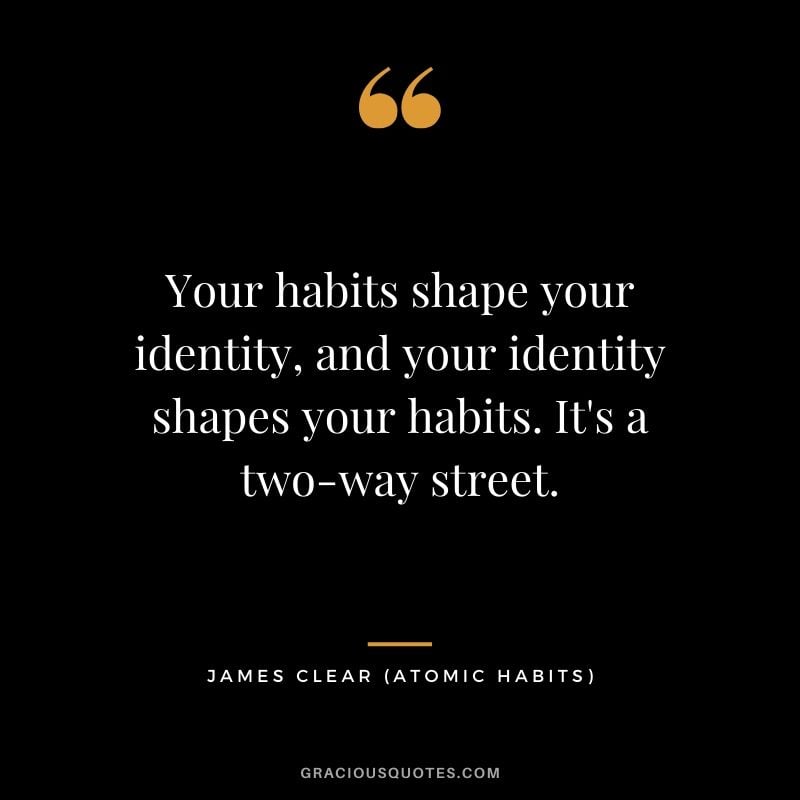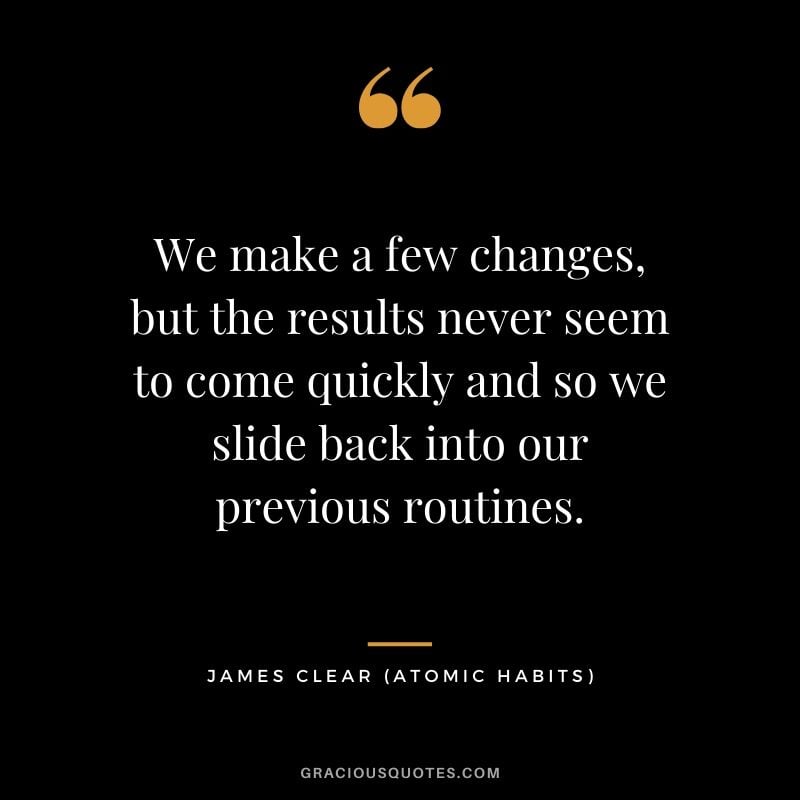After having the last word for 2021 I now find myself in the position of having the first say for 2022 – albeit a third of the way into the year…where does time go!
Anyhow, as I write this, we are heading into the Easter long weekend, which is a good time to stop and check in on those goals we considered at the end of last year. Ideally, these were goals that were mastery based and supported by action plans and coping plans...
I’m guessing I’m not the only one who started the year with great intentions about what we were going to achieve this year, only to get to Easter and realise that we haven’t moved far past the intention stage. Perhaps some of these goals were a little ambitious (they seemed a good idea at the time) but it is likely many of us have goals we would quite like to achieve, if only we could get started and/or keep going on them.
For me, my major goal is a health based one – to move more and eat less processed foods. On the surface this seems like a simple goal – get outside and do something each day and stop buying processed food at the supermarket, but then work / family / life events get in the way, and I revert back to my old ways...
It was after one of these frustrating periods that I stumbled on James Clear and his book Atomic Habits, first hearing him on a podcast with Brene Brown and then following up with reading his book. Strangely, Atomic Habits is a book full of information that many of us will instinctively know but perhaps don’t grasp the significance of in respect to our goal setting.
James talks about how goals are good for setting a direction, but ultimately whether or not we achieve these goals is down our habits – with our eventual outcome being a lagging measure of our habits – we get what we repeat, or ‘Your current habits are perfectly designed to deliver your current outcomes’.
James had several quotes that really got me thinking, the biggest one being:
‘"You do not rise to the level of your goal; you fall to the level of your system? - Ouch!
This can be taken on a personal and professional level – we all know that we can be capable of great things. Ultimately whether we achieve these great things will depend on whether we have implemented a system to help us get there. Have we successfully found a way to implement our action plans into our daily or work lives?
So how do our habits - which seem so small, fit into our goals – which seem so much bigger?
The theory behind Atomic Habits is that a collection of small things adds up to something much bigger. So, if we aim to start small then gradually improve on this each day, over time our something small evolves into something much bigger. Or in James’s words - ‘Habits are the compound interest of self-improvement’.
Which brings us to question – how do our workplace goals link into our personal habits? How we think about our goals may help us here. Let’s say our goal is ‘to use an outcome measure with each person that I see’. Another way to think of this is to say that ‘I want to be a therapist that uses outcome measures with each person that I see. A subtle shift, but our goal now lends itself to the next question of ‘what habits does a therapist who uses outcome measures have?’
A therapist that regularly uses outcome measures might have practiced using them, they might have one prepared for when they see a person, or they might have a strategy in place to repeat the measure after an intervention. Again, James notes that ‘Every action you take is a vote for the person you want to become’.

Seem straight forward? Kind of. If working towards our goals was simple, we would all be happily achieving them. To maximise our chances of success there are a couple potentially significant factors we need to consider – the ‘Law of least effort’, the ‘Plateau of Latent Potential’ and our environment.
The ‘Law of least effort’ is that we will naturally gravitate toward the option that requires the least amount of work. So when it comes out our outcome measure goal, if it is not essential to complete an outcome measure for an intervention, then without some conscious effort, we probably won’t complete one. We tell ourselves that we will complete one ‘next time’, even if completing the outcome measure now would be useful to demonstrate progress for the person or complete our funding reports later on.
The ‘Plateau of Latent Potential’ describes the period of time where we are working towards a goal but we don’t have anything meaningful to show for it, however once crossed dramatic progress is then made.
Encompassed in this plateau is the ‘Valley of Disappointment’ or the discrepancy between what we think should be happening on our journey and what is actually happening. This valley can lead to much frustration and cause us to give up on a goal, when really what we need to be doing is hanging in there for a little bit longer. The ‘Plateau of Latent Potential’ acknowledges that it takes time for a collection of small changes to produce meaningful results, but if we can persevere, we will get there.
Lastly, the role our environment plays in our habits. Our environment provides strong cues for our habits, meaning it can be a challenge to establish a new habit in an existing environment. Sometimes to get a new habit established we need to consider starting it in a new environment – for example if you want to start reading more research articles as part of your weekly routine, you may need to schedule a regular trip to the library to get you started.
Lastly, what is likely to be the greatest threat to our success? Atomic Habits suggests that our biggest threat is not failure, but boredom. We don’t make it across the plateau as we got bored on the way. As much as we humans all love novelty, a new habit needs to be repeated several times for it to become routine. Much like strength training requires repetition to result in stronger muscles, repeating a new habit results in changes in the brain. And what do we do when our routine starts to slip? As tempting as it is to tell yourself ‘I’ll try again tomorrow’ , an alternative option is to at least do something today, where it is potentially it is better to do a little less than you hoped than nothing at all.
Coming back to our goals – have you got a curly one that you would like to achieve? Your goal is your direction, it is likely you have done all your preparation work and planning, now is the time to stop the planning and start the doing, one small habit at a time. What small habit are you going to change today?
Rachel Maher
Clinical Services Specialist
Links
Spotify Podcast with Brene Brown and James Clear https://open.spotify.com/episode/1FCDXnrrXo9d7VTTX7bi4E
'Atomic Habits' by James Clear https://jamesclear.com/atomic-habits
